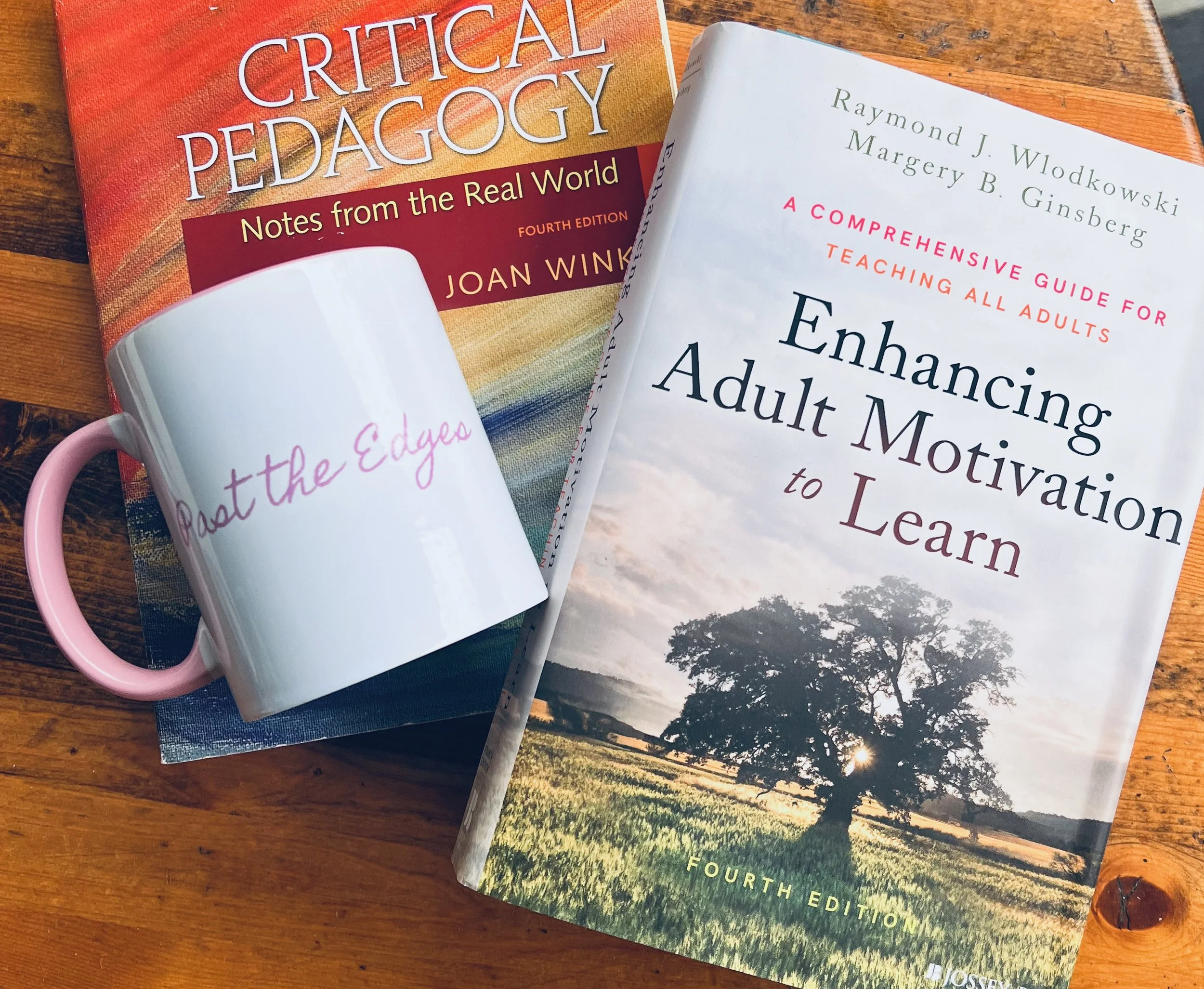
Pedagogy vs Andragogy
Teachers who understand the distinctions between pedagogy and andragogy can make a huge difference for adult learners.
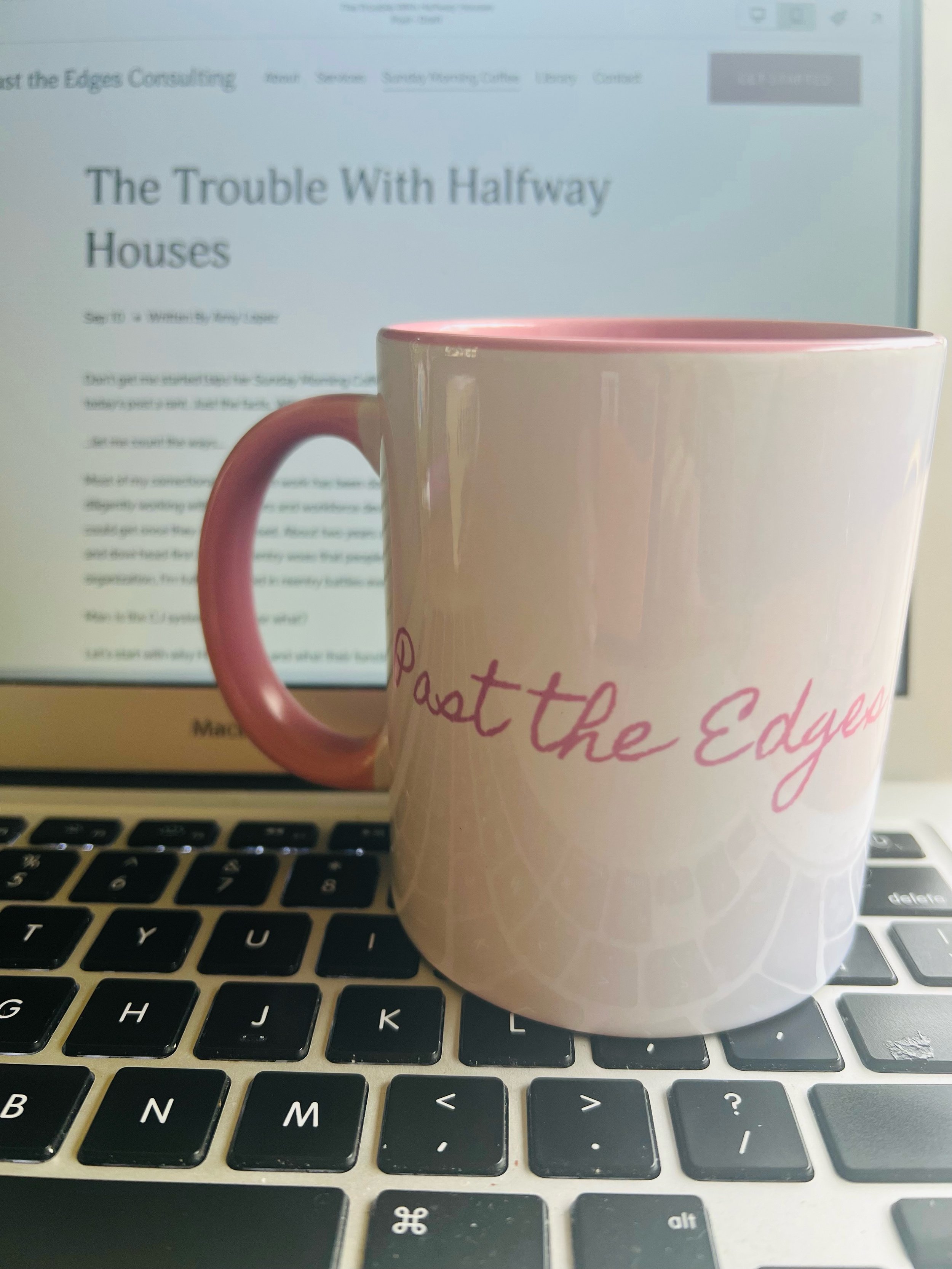
The Trouble With Halfway Houses
If our CJ system is intended to rehabilitate and assist with successful reintegration, then we need to take a look at what happens when someone is released.
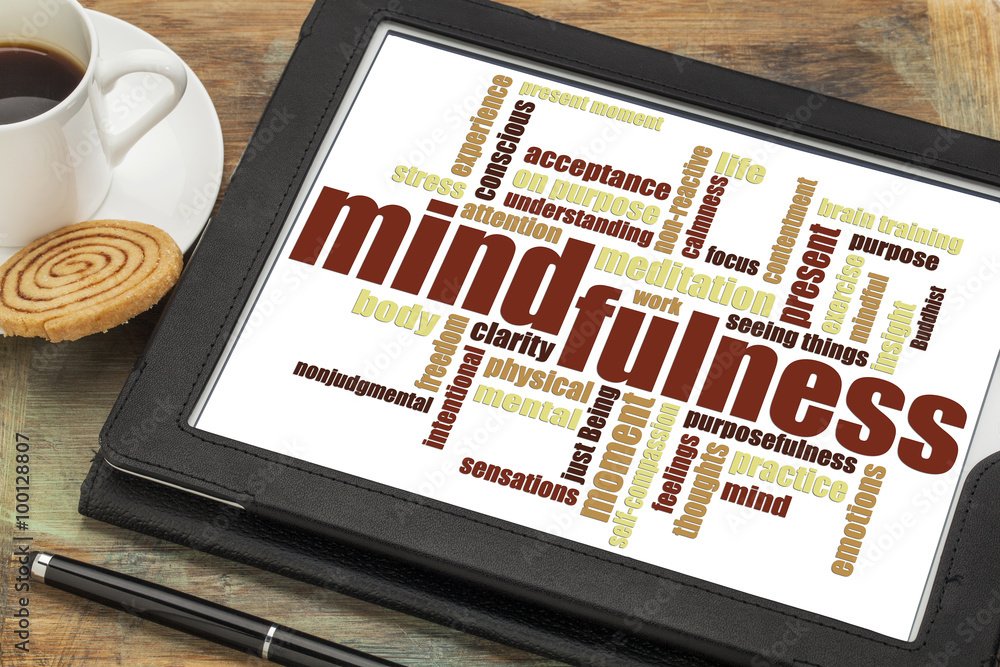
Mindful v Mind full
How exploring mindfulness in a fast-paced world can mitigate the stress of “mind full.”

Lingering Shadows: Exploring the Impact of Adverse Childhood Experiences on Adult Behavior
How do ACEs affect adult behavior?

How much punishment is enough?
How much punishment actually deters crime?

Prison Newspapers
Prison newspapers have been around since the late 19th century and give incarcerated individuals a voice.

VR in Prison
VR can be used effectively in carceral settings to enhance education, treatment, vocational training, and reintegration.

Glass Ceilings
Reflections on the journey of women in leadership roles…

Job PTSD
Job related PTSD is no joke. Learn to recognize the symptoms of acute or chronic work stress and how you can head it off.

Differentiated Learning
Youth and adult learners benefit when teachers take the time to differentiate the learning experience.
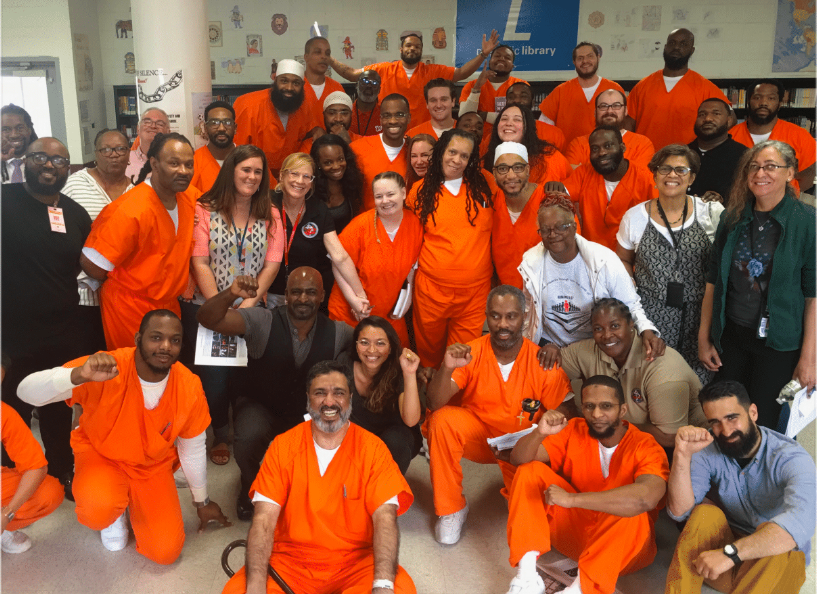
The Power of Student Inclusion in Teacher/Staff Professional Development
Including students in professional development with staff can be powerful.

The Importance of Purpose
Deeply motivated individuals mostly work for something larger than themselves. Our task is to find our purpose and to help others, including folks who are incarcerated, to find theirs.
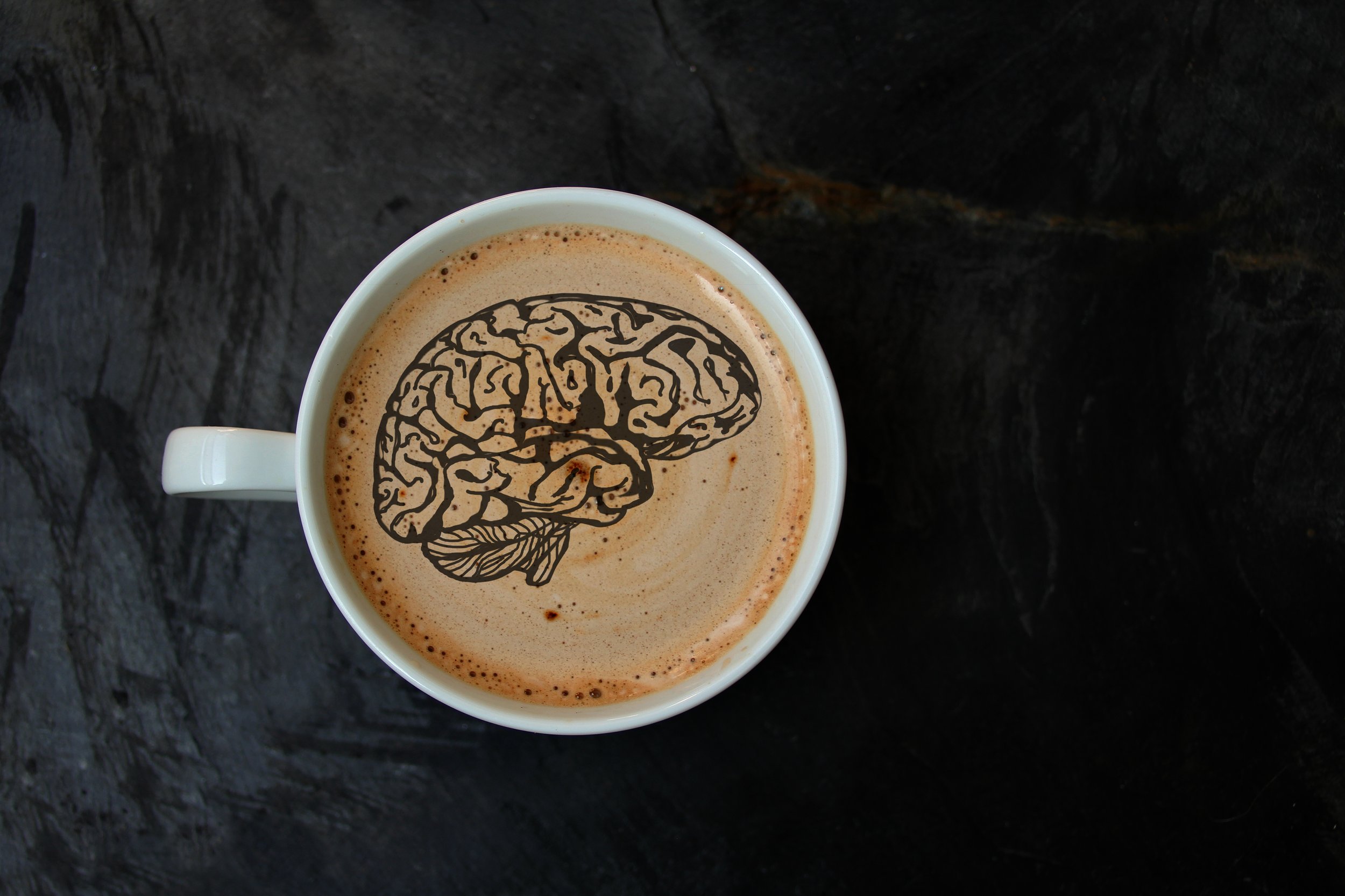
The Hilarious Hijinks of the Underdeveloped Prefrontal Cortex: Life Before 25
The prefrontal cortex doesn’t fully form until the age of 25, which explains wreckless and emotional behavior in healthy young people, and why individuals who’ve experienced acute childhood trauma still exhibit these behaviors long after their brain should be fully formed.

Second Chance Hiring
Second Chance hiring benefits not only justice impacted individuals, but companies and society in general
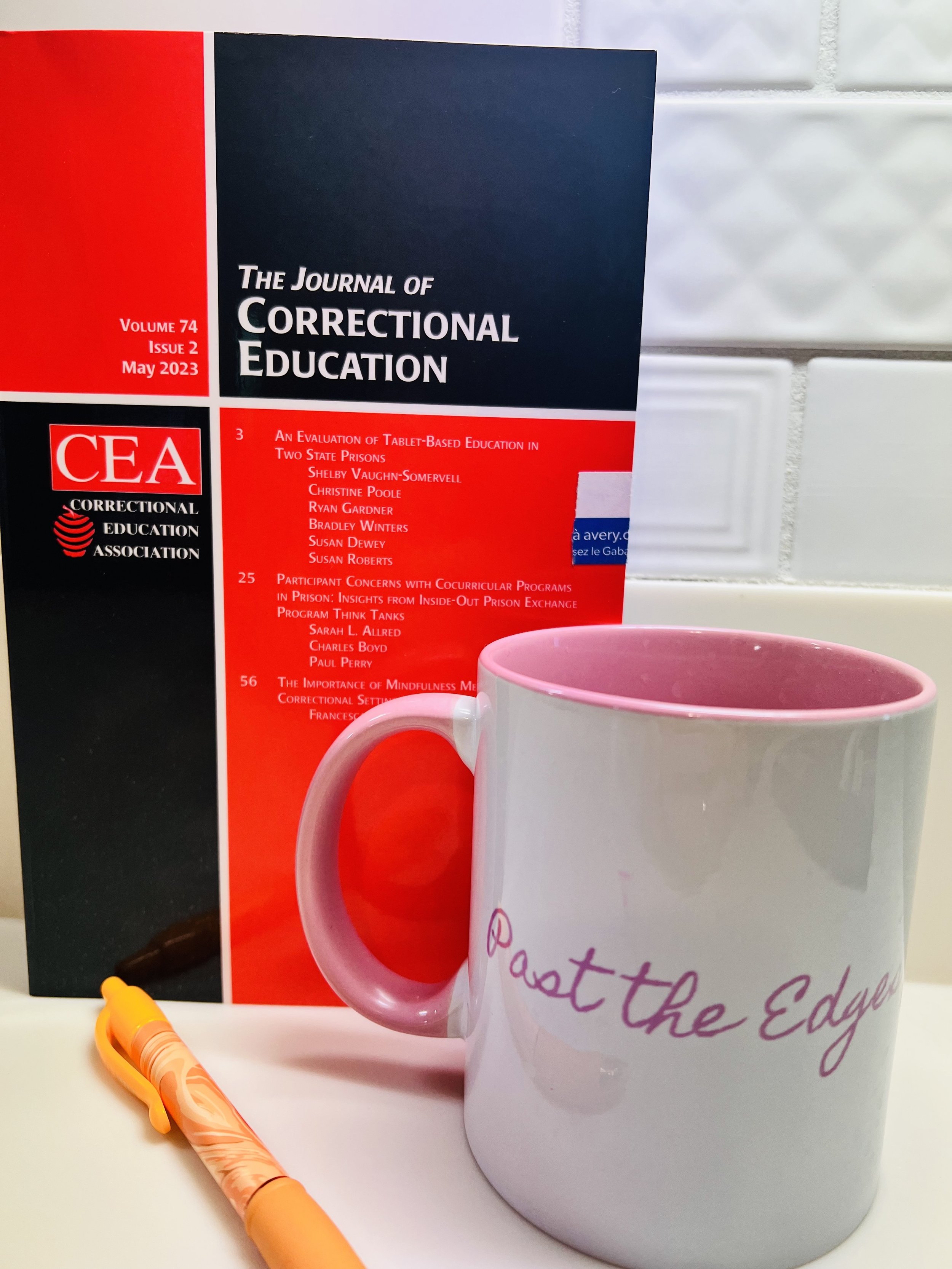
The Problem with Programs
Three articles in the Journal of Correctional Education reveal some common themes in prison programming.

SAFE Project
Substance use among veterans, college students, and incarcerated individuals is epidemic. Organizations like the SAFE Project are the key to winning the “War on Drugs.”
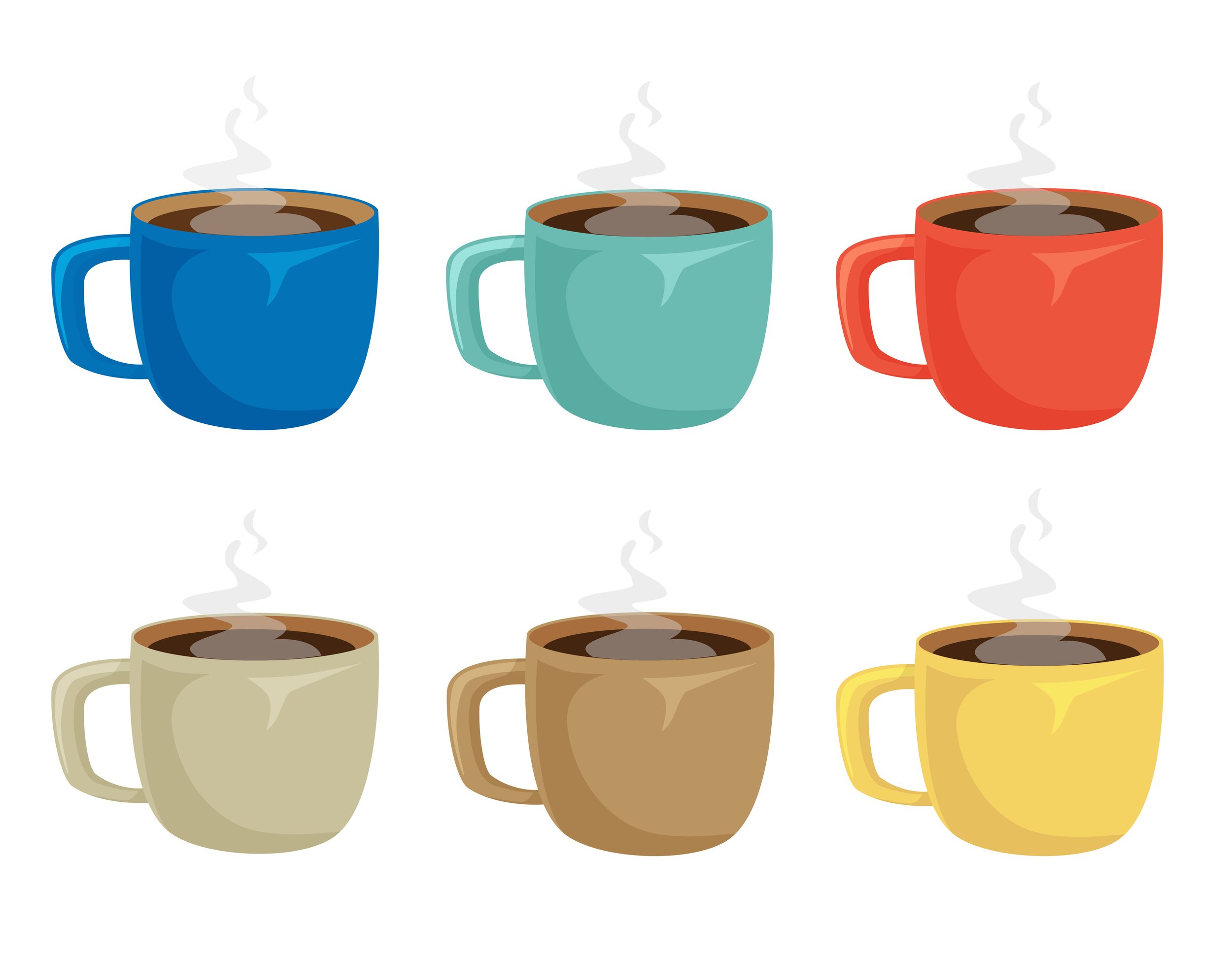
Why Program Units?
Program housing units can be an effective way to holistically serve incarcerated students.

Battling Burnout
Rest, regroup, and recharge to battle burnout.
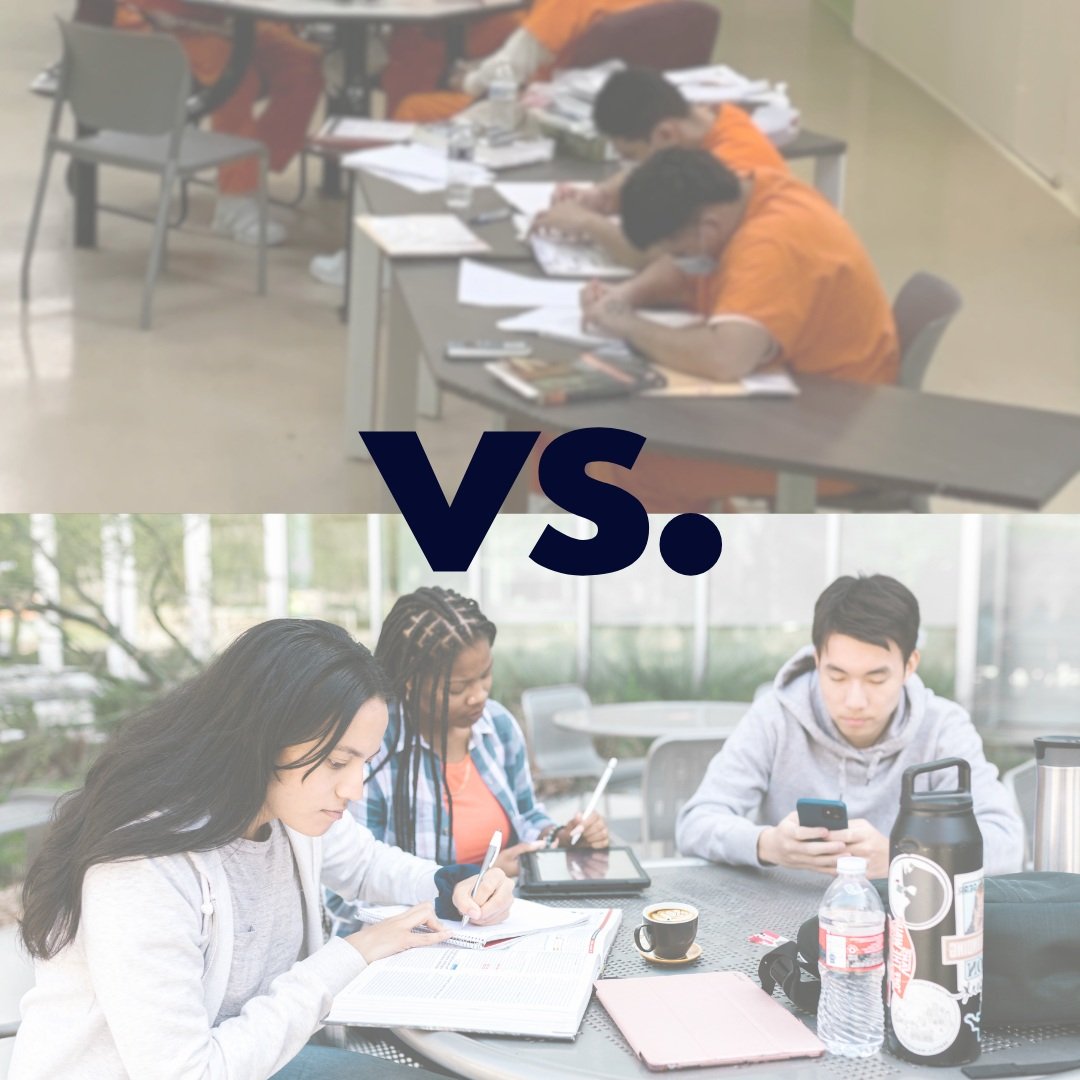
PSE vs DOC
What does the U.S. have more of: universities or prisons? Our focus on punishment over education needs to shift, not only to improve the lives of justice impacted Americans, but to also increase safety in our communities.

Locking up Children
In places like Texas, where children aged 10-19 are incarcerated in maximum security prisons, we have to fight for something better.